
At the moment, Marcus evaluations the iBasso PB5 Osprey, a high-end twin Nutube 6P1 tube moveable headphone amplifier with as much as 1.7W of output energy. It’s priced at $1499.
Disclaimer: I acquired this pattern in trade for my trustworthy opinion. Headfonics is an unbiased web site with no affiliate hyperlinks or standing. I thank iBasso for this chance.
Click on right here to learn extra about iBasso products we’ve beforehand reviewed on Headfonics.
This text follows our current scoring guidelines, which you’ll be able to learn in additional element right here.
The iBasso PB5 Osprey is a part of a twin launch earlier this yr, the primary of which we’ve already reviewed: a transportable 1BIT DAC known as the D16 Taipan.
Collectively, they kind iBasso’s interpretation of a compact transportable ‘audiophile stack’, some splendid for places of work and homes-based compact high-end methods. Throw within the DX320 MAX Ti, and you’ve got a whole standalone battery-powered audio system for IEM and headphone customers.
Because the D16 already has an built-in amplifier, to not point out the wonderful design contained in the DX320 MAX Ti, why add one other? To maintain the reply brief, simply two phrases—tubes and energy.
As of late, I hardly ever get a pure moveable analog amplifier on my desk for assessment. It’s even rarer to get a dual-tube model, particularly when these tubes are Korg Nutube 6P1 variations with the Cayin C9 as the one various I’ve heard on the market at present.
At $1499, the PB5 Osprey’s compact design, easy tube sound signature, and wonderful energy dealing with appear to purpose for the C9 crown as the very best high-end moveable tube-based amplifier out there.
I’ve alternate options from Phatlab and I nonetheless fondly maintain onto my ALO Audio Continental Dual Mono however other than the soon-to-be-reviewed C9ii, the PB5 Osprey is effectively forward of these famous alternate options.
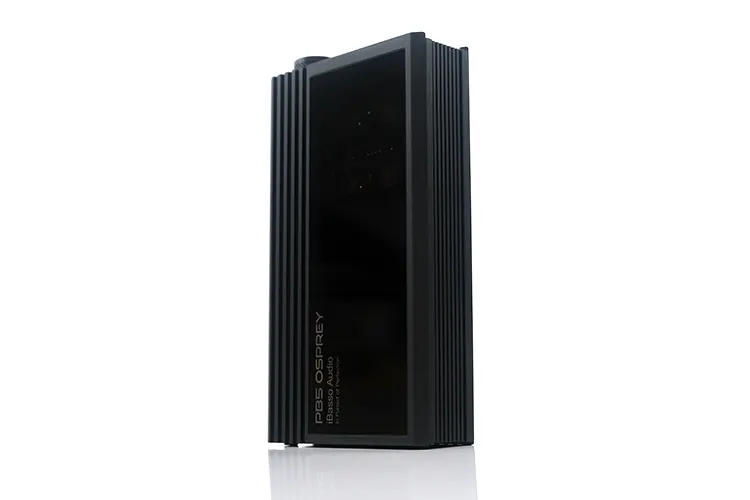
Options
The PB5 Osprey is a balanced-designed moveable vacuum tube headphone amplifier. It may be used as a standalone amplifier with a DAC and supply of your selection or you’ll be able to stack it neatly with the D16 decoder and the DX3XX sequence as a supply.
The PB5 is voltage amplified by a set of recent anode grid filament Korg Nutube 6P1 tubes, much like those utilized by Cayin inside their C9 amplifier and the N8ii DAP.
Mixed with VCEsat twin transistor-based present amplification and an inner 6 x 900mAh (3 x 8.4V) battery provide, the PB5 Osprey has a rated most output voltage of 9Vrms (4.4mm) which is able to as much as 1700 mW output energy underneath a 32Ω load.
To stop microphonic pings and maintain the 6P1 tubes as secure as attainable, iBasso has additionally carried out a two-step suspension system to scale back the impression of sudden vibratory occasions together with a cathode enter to maintain impedance-related resistance as little as attainable.
According to the D16 and first launched with the DX320 MAX Ti, the PB5 Osprey additionally has iBasso’s 4-wiper stepped attenuator with 24 steps providing a claimed +/- 0.1dB of tolerance in-between every step.
Some love this, some don’t however mixed with the D16’s extra granular digital quantity management system it ought to present an efficient, clear sound with above-average channel steadiness for an analog potentiometer.
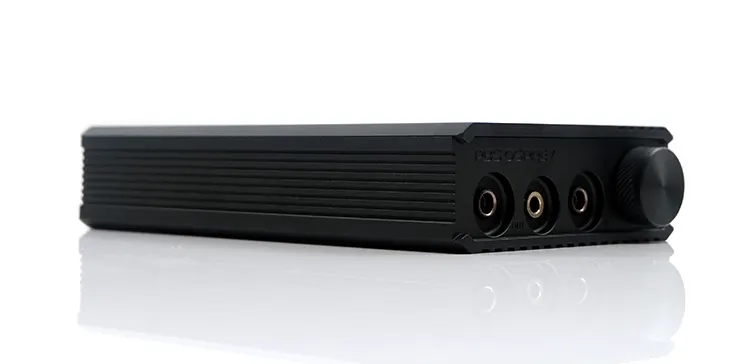
Design
The outside of the PB5 is sort of a carbon copy of the D16 Taipan. Primarily to allow them to stack neatly on high of one another and in addition to permit for the equally sized DX3XXX MAX sequence to take a seat like a ‘cherry on high.
The matching design means my ideas from the D16 are comparatively unchanged for the PB5. Phrases reminiscent of “old-school boxy compact moveable design” and “black ribbed aluminum housing” are constant observations from every system given their outward look and equivalent kind issue.
There are some variations although. For one, the PB5 is barely heavier than the 312g D16 however not noticeably so at 352g. A weight distinction prone to be rendered moot when sat on the desk underneath or above the D16 and a MAX sequence DAP.
Additionally, as an alternative of a high panel LCD, the PB5 Osprey has a clear panel to let you see the tubes mild up with a inexperienced glow throughout operation, maybe a centerpiece attraction for a lot of homeowners.
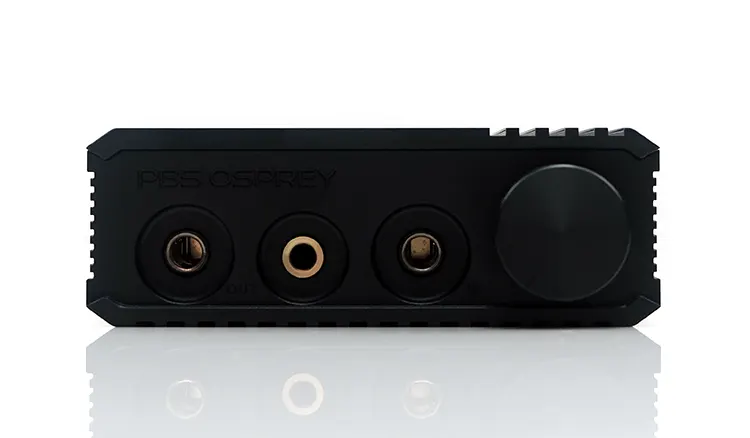
I/O
Charging, achieve ranges, and the ability change are on the rear panel, with the TRRS and TRS I/O housed on the entrance panel of the PB5 Osprey.
That features choices for a balanced and SE PO in addition to a single 4.4mm balanced line-level enter or LO. I think some may complain slightly concerning the lack of three.5mm line-level enter, particularly contemplating the D16 has a 3.5mm LO choice.
The rear panel has two recessed panels housing energy and low/excessive achieve switches to the left and charging through USB-C to the best. There’s a 9.5 dB swing between the low achieve which is ready at 2 dB and the excessive at 11.5 dB.
The PB5 Osprey’s six-battery array is designed to ship as much as simply over 10 hours of playback time with charging round 2.5 hours. I presume the weighting on that measurement is predicated on a low achieve medium quantity setting with a 32Ω load.
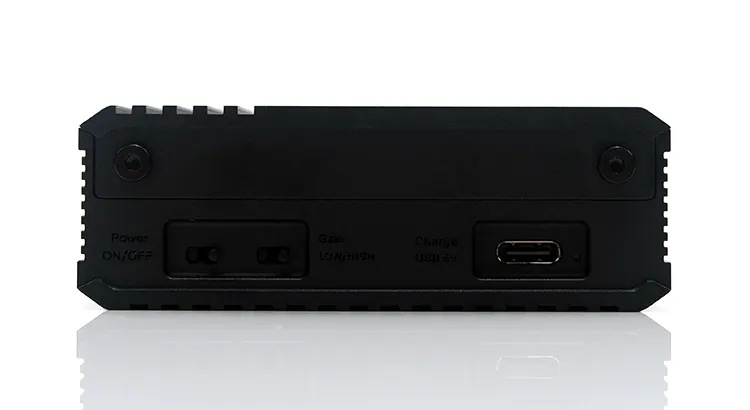
On the again, you get a really small blue LED mild that signifies charging through an intermittent blink and is regular when charged.
One caveat is the 5V charging parameter, which implies PD charging is out. I examined the PB5 with my trusty PD2.0 charging setup and 65W charger plug and nothing occurred.
As with the D16, the PB5 Osprey I/O format is neat however the labeling is far too small for my eyes. Even with studying glasses and a torch, I had a difficult time studying the achieve change.
Together with the very faint quantity marker, it makes the PB5 not essentially the most user-friendly for legible labeling. I hope iBasso can change this to white on any future iteration in the event that they want to retain the small, engraved sizing.
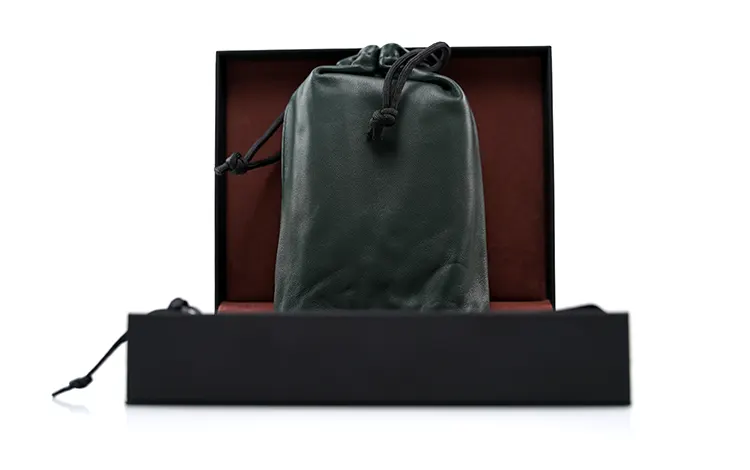
Packaging & Equipment
The PB5 Osprey packaging can be similar to the D16, at the least in supplies decisions and ending of the field, pouch, and leather-based wrapper case.
Meaning a really gentle fake leather-based show field with a pleasant rouge internal, mixed with a dose of inexperienced from the gentle leather-based pouch beside a slimline black suede accent bag.
Since that is an analog amplifier, the equipment are totally different from what comes with the D16 Taipan.
Inside that slimline bag you get a USB-C to USB-A charging cable plus two 4.4m braided excessive purity SPC wire interconnects with a number of the beefiest and most original barrels I’ve ever seen.
They appear superior from a design perspective and actually stand out from slimline alternate options. In addition they match the PB5 ports completely however I’ll say individuals may battle with the barrel diameter in the event that they wish to use them on smaller amplifiers with restricted plug spacing.
The cables additionally come in numerous lengths with a 3.5″ model ideally for stacking with the D16 to maintain cable untidiness at bay. The second is an extended 12″ model to present you some further flexibility in placement.
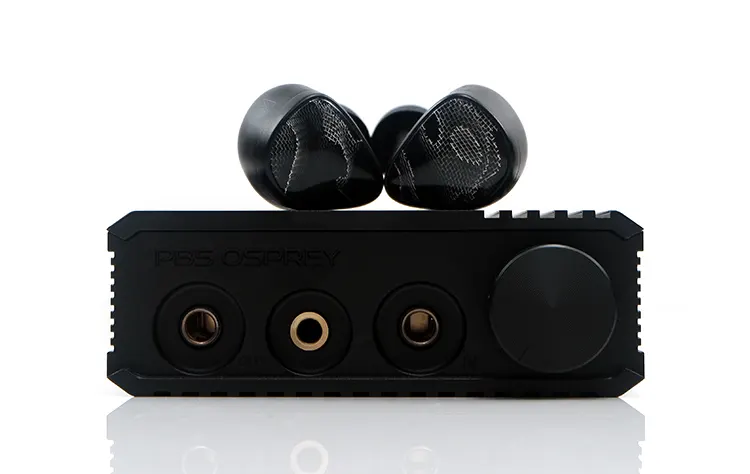
Sound Impressions
The sound impressions of the iBasso PB5 Osprey had been accomplished utilizing the iBasso D16 Taipan and DX320 MAX Ti as supply and decoder with a mixture of Noble Audio’s Onyx, the Vision Ears VE10 and the ZMF Headphones Caldera for matching headgear.
Abstract
The PB5 Osprey tuning is a chic mixture of energy, dynamic vary, and attractive vacuum tube smoothness.
Nevertheless, this isn’t a basic relaxed tube sound, at the least not with my examined gear. It has power, some weight within the lows, and a pleasant punchy character. There may be nothing passive concerning the PB5’s efficiency.
It isn’t as weighty on the sub-bass as one thing just like the C9. Nevertheless, the PB5 Osprey makes up for it with an enhanced physique by means of the mid-bass and past producing a fleshier fuller tone, particularly compared with the DX320 MAX Ti’s cleaner, and extra pristine presentation.
Its liquid highs can take a little bit of edge off nearly any IEM or headphones with out dramatically altering their core sound signature.
Some may want the stronger treble extension that iBasso is thought for in its DAP tuning. Within the case of the Noble Audio Onyx’s darker tuning and, to a lesser extent, the Andromeda 2020, the brighter highs of the DX320 MAX Ti are a bonus.
Nevertheless, in case you are utilizing gear such because the HEDD Audio HEDDphone Two, or the extra impartial Empire Ears ESR MKII that’s to your profit as a result of the sound is agency with out ever sounding overly sharp, and nonetheless with wonderful headroom.
And naturally, the ability offers it an edge over the D16 Taipan and the DX320 MAX Ti. Headphones such because the ZMF Headphones Caldera have this dynamic snap and extra staging depth that’s extra impartial and flatter sounding with these aforementioned models.
If there’s a slight weak point to the PB5 efficiency is tube ping. Nevertheless, it’s extra prevalent with delicate IEMs on preliminary plug insertion with a fast dissipation thereafter. Background hiss usually is effectively underneath management.
Coloration
Fulsome and impactful sounding to place it succinctly. The PB5 Osprey creates a really high quality steadiness between heft and pure heat on one facet and readability and determination on the opposite.
For instance, coming from the DX320 MAX Ti, the coloration all through is thicker sounding, with a barely softer assault and longer decay mixed with a smoother set of highs.
In comparison with the C9, the midrange notice timbre is extra bodily and saturated sounding however with much less sub-bass weight and treble sparkle on both excessive.
I might argue if there was any tuning bias it’s from the bass to mids and that’s typically the place I heard essentially the most affect on the examined gear and why the phrase “fleshy” is utilized in my preliminary description.
In consequence, vocals are attractive on the PB5 utilizing impartial IEMs which faithfully reproduce a wealthy analog texture with out smear or sounding too rounded. That’s an space I might use some warning on the similar time.
The elevated mid-to-upper bass impression and hotter decrease mids won’t gel effectively with gear that’s already considerably enhanced on this area. L-shaped screens such because the Onyx can sound slightly too darkish with an overly-emphasized low finish for my tastes.
Treble overtones are particularly satisfying with the PB5 on nearly all examined gear. I hear slightly little bit of leisure the additional up the highs you go but it surely’s not a closely rolled-off sound.
There may be loads of headroom utilizing the PB5, reasonably, it’s not as glowing as a number of the competitors. This can be a sensible choice for headphones and IEMs that generally sound too scorching with percussion strikes.
Staging & Dynamics
The PB5’s further energy over the D16 and DX320 MAX Ti produces improbable depth and dynamics on the lows. An impressively low noise flooring efficiency helps lots right here.
I hear a well-controlled and correctly outlined bass response with wonderful layering that actually involves life on harder-to-drive headphones such because the Caldera and the heavy-hitting BOKEH.
The staging form is extra bass to mids when it comes to dominance with a strong decrease treble presence however a slight attenuation on the higher treble that offers it a extra fast sound reasonably than the atmospheric basic ethereal tube sound from the likes of the C9.
This isn’t a slim presentation although. With the ESR MKII, the width and channel separation had been very spectacular utilizing the D16 and the DX320 MAX Ti as DAC and supply. Vocal presence doesn’t sound diminished or secondary with the PB5 on all matchups I attempted.
Generally you neglect this can be a tube amplifier. At occasions the power and wonderful decay management are exemplary, reminding me extra of a well-controlled R2R DAC and amp combo than tubes.
Click on page 2 below for my recommended pairings and selected comparisons.
Trending Merchandise











